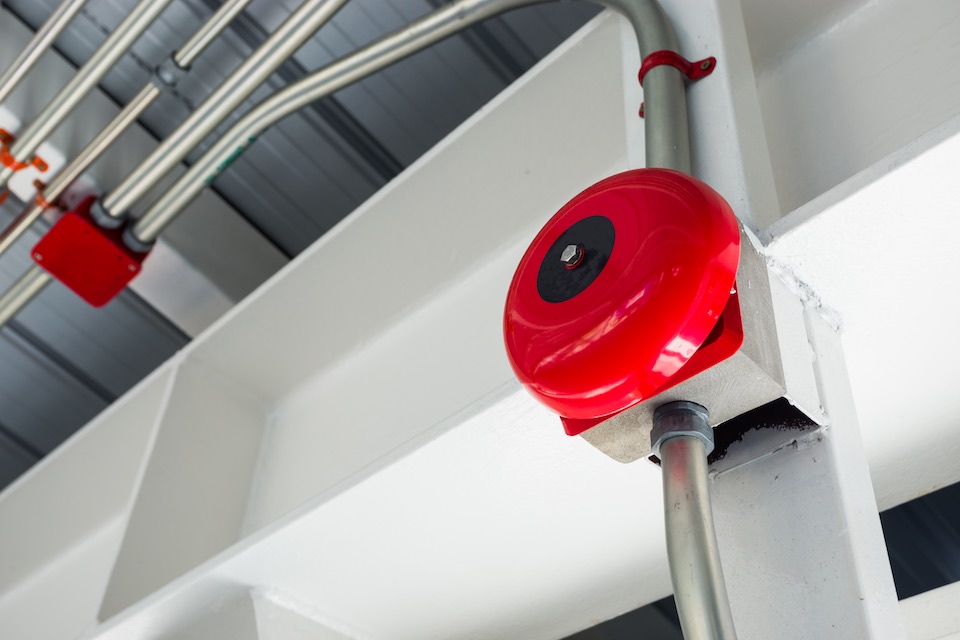Under the Regulatory Reform (Fire Safety) Order 2005, it’s a legal requirement for every business premises to have a fire alarm system. And the owner of the building must ensure that the system falls into the correct fire alarm category. So here’s a guide to familiarise yourself with the different types of fire alarms.
Types of fire alarm system
There are eight categories of systems within three core types – manual (M), life protection (L) and property protection (P). The type appropriate for your premises will depend on the following:
- The type of premises
- The building’s contents
- The nature of the business conducted at the premises
- The risk level
Fire alarm categories
Fire alarm systems fall into the following categories:
Manual fire alarm systems (M)
The most basic of fire alarms, manual systems need to be manually operated in the event of a fire. Typically manual systems comprise break glass units installed around the premises and require someone to break the glass to set off the alarm.
Life protection fire alarm systems (L)
L-category fire alarm systems are considered the most suitable for protecting life within a building. There are five categories within this type of system:
L1 – Maximum life protection
The most comprehensive form of fire protection, an L1 system, has a smoke detector in every room within a building. The detectors are linked to a centralised alarm system to alert the entire building if a fire occurs.
Typical usage: Large hotels and care homes.
L2 – Additional life protection
An L2 system has a smoke detector in all rooms that form part of an escape route, including corridors, and high-risk areas, such as kitchens and boiler rooms. This type of alarm system warns people away from the fire source, giving them time to evacuate safely.
Typical usage: Factories and medium-sized HMOs (House of Multiple Occupation).
L3 – Standard life protection
These systems have detectors in all parts of an escape route and rooms that open onto an escape route. L3 alarm systems give occupants enough warning to escape the building before their way out is blocked.
Typical usage: Office blocks and other commercial buildings.
L4 – Modest life protection
L4 systems only have detectors in escape route areas, such as corridors and stairways.
Typical usage: Lower-risk commercial buildings.
L5 – Localised life protection
An L5 system covers a specific high-risk area of a building, such as a kitchen.
Typical usage: To enhance the protection offered by an L4 system.
Property protection fire alarm systems (P)
Type P fire alarm systems are designed to protect the building itself. There are two categories:
P1
In a P1 system, detectors are installed across all areas of the building, ensuring early fire detection and neutralisation. This system is the most effective at reducing the risk of fire damage and financial losses.
P2
In a P2 system, smoke detectors are only installed in high-risk areas of a building. This type of alarm system doesn’t provide as much protection as the P1 system but does provide early detection for those areas most at risk of fire.
To determine the required category of fire alarm system for your premises, you should employ a professional to carry out a full fire risk assessment.

